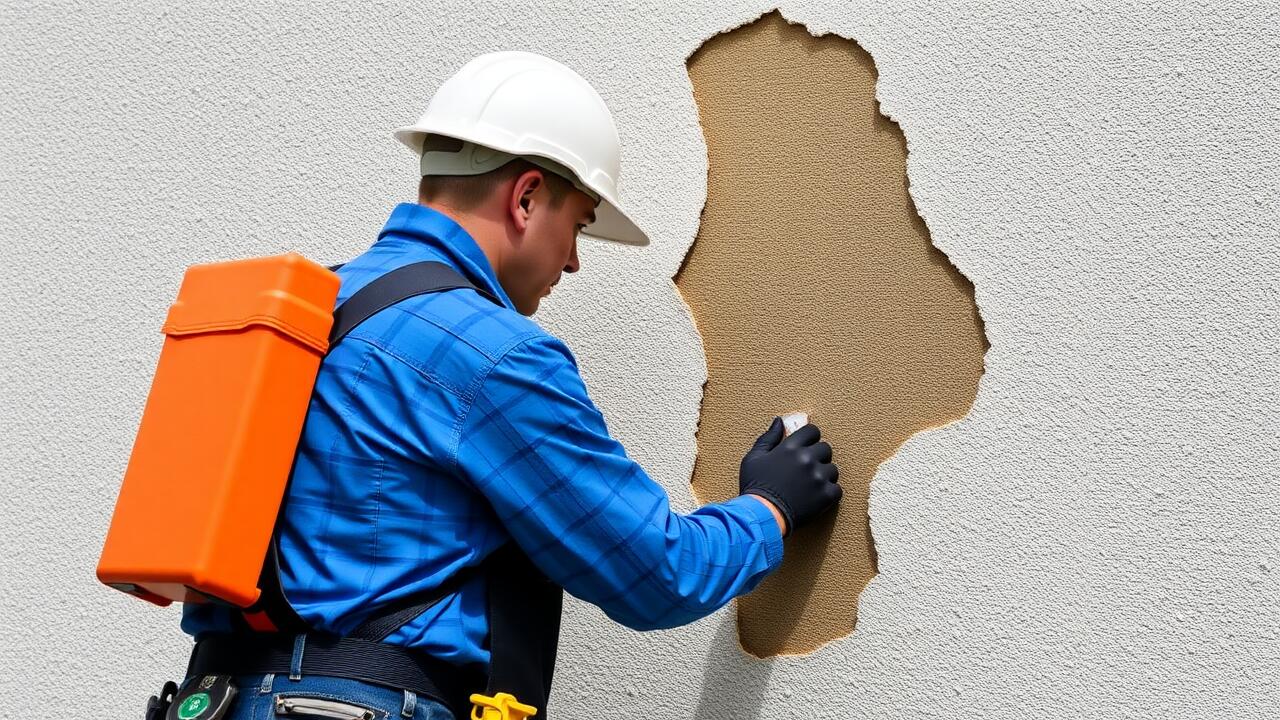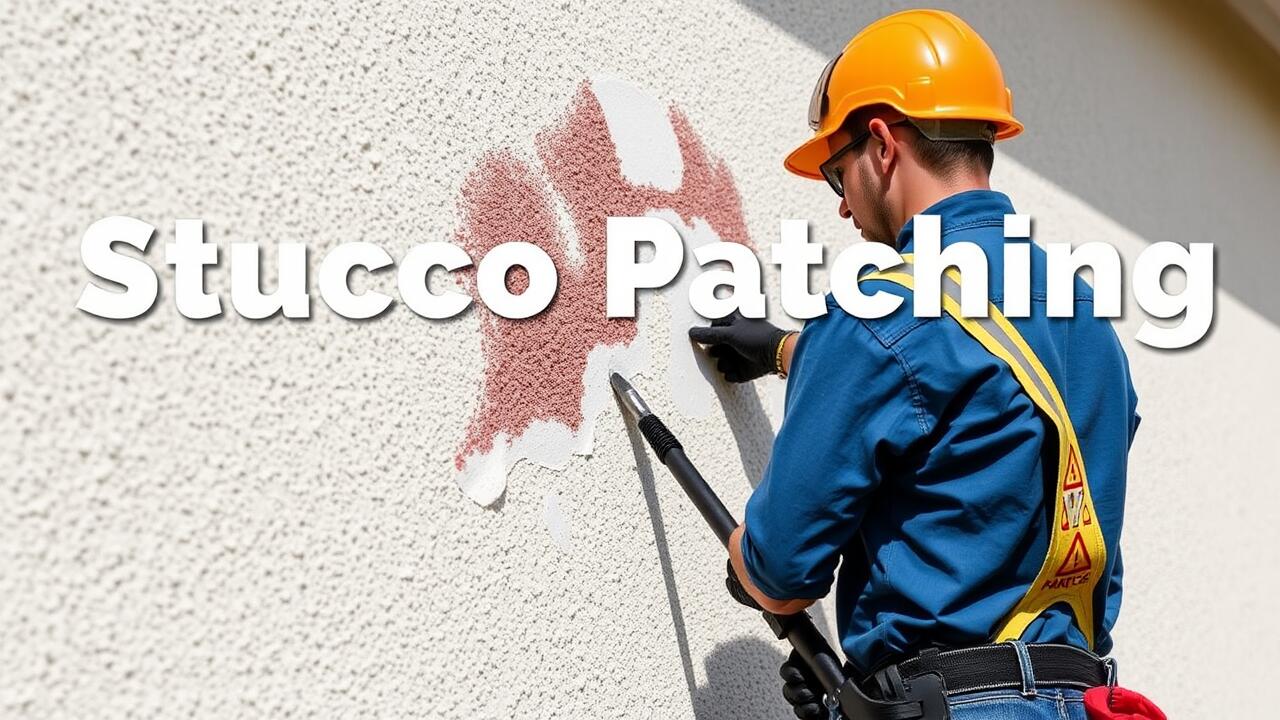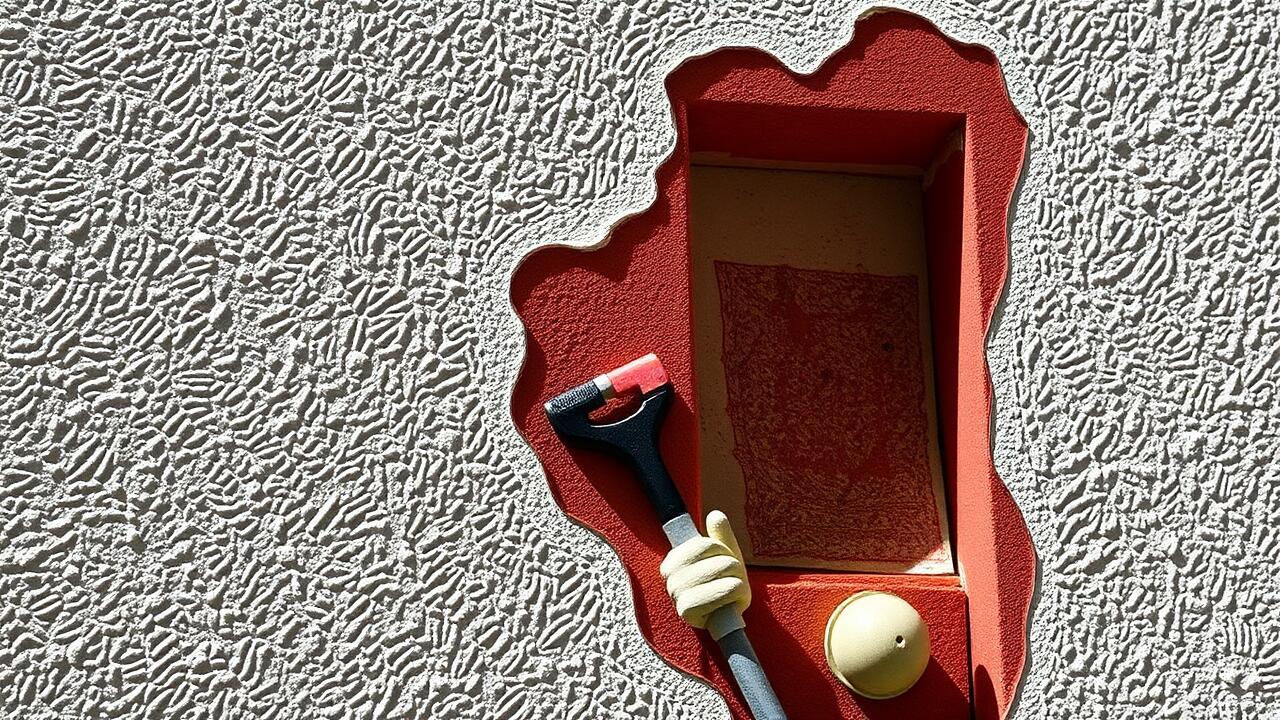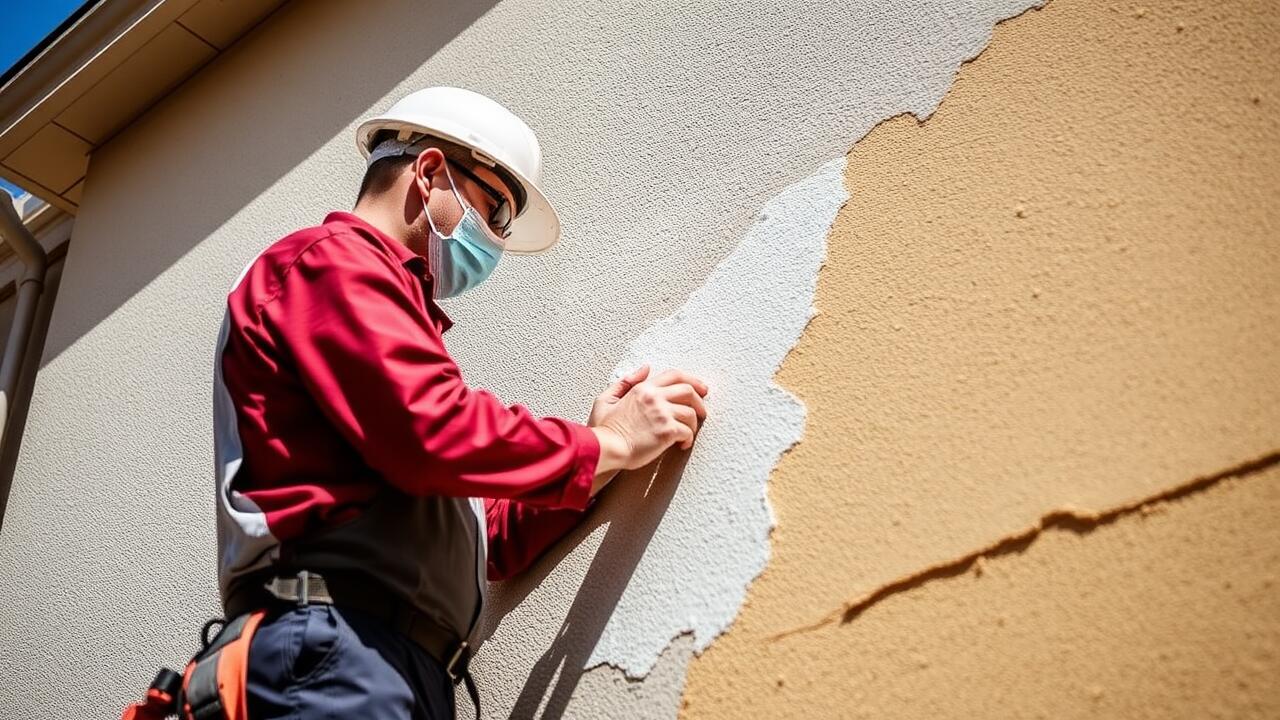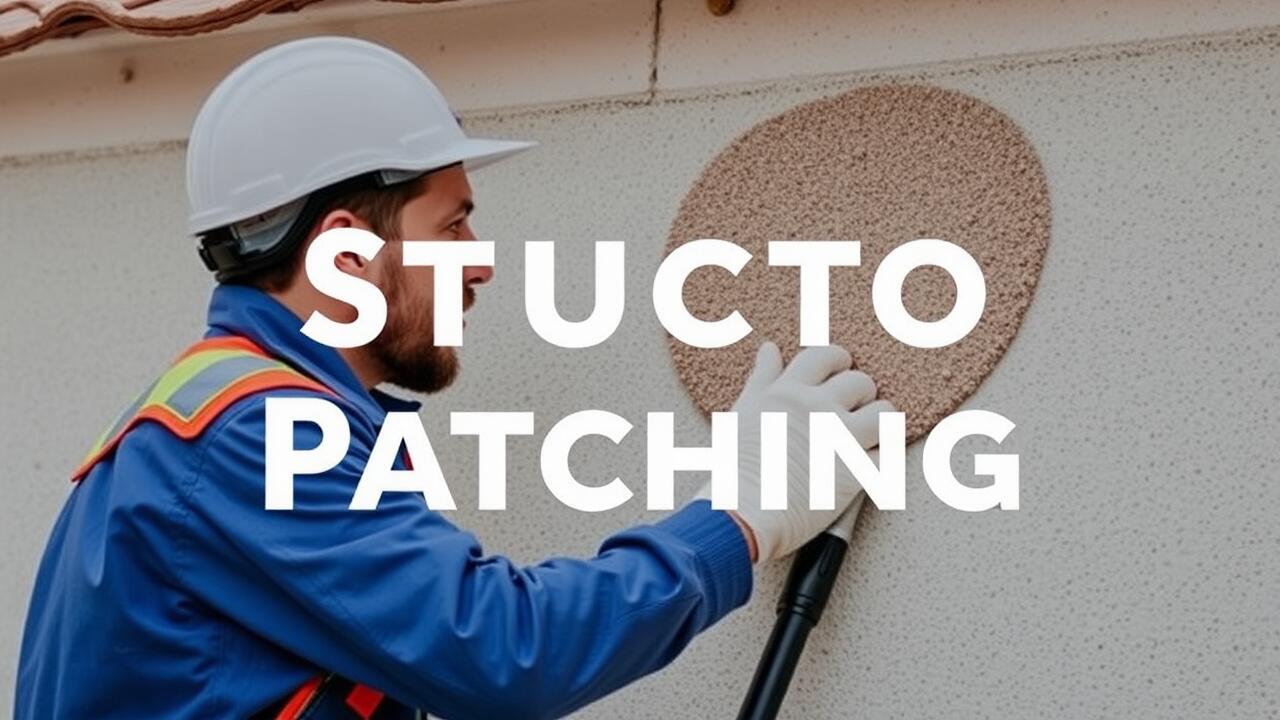
Texturing the Repair
Texturing the repair area is crucial for achieving a seamless appearance that blends with the surrounding stucco. To replicate the existing texture, consider using tools such as a trowel, sponge, or brush. Each technique offers a different finish and will depend on the original stucco style. Before starting, gather samples from the wall to ensure the new texture matches the old as closely as possible. For homeowners searching for assistance with this process, a search for “Stucco Patching near me” can provide local professionals who specialize in these repairs.
Once you have applied the patching compound, it is essential to allow the texture to set before proceeding with any painting or sealing. Too much manipulation can disrupt the drying compound and ruin the texture you worked hard to create. Experimenting on a small section or a piece of scrap material can help you perfect your technique before applying it to the wall. The goal is to achieve a uniform look that closely resembles the original surface.
Techniques for Matching Existing Finish
Achieving a seamless blend between the patch and the surrounding stucco finish requires attention to detail. One effective method is to imitate the texture of the existing surface using a variety of tools. This can include trowels, brushes, or even sponges to replicate patterns. Start by applying the patching compound and while it is still wet, lightly press the tool into the surface to create the desired texture. Taking a sample from a less visible area can help in determining the right pattern and depth required.
It is also crucial to observe the color of the existing stucco. Mixing paint pigments or dyes into the stucco patching compound can help to achieve a consistent hue that matches the surrounding area. If you are unsure about color matching, consult professionals or search for "Stucco Patching near me" to find local experts who can provide guidance on achieving the perfect finish. Experimenting with smaller patches can also be beneficial, allowing for adjustments before tackling larger areas.
Curing the Patching Compound
Curing the patching compound is a critical step that ensures the longevity and durability of stucco repairs. Proper curing allows the material to set correctly, preventing potential issues like cracking or peeling in the future. It’s essential to keep the patched area moist during the curing process. This can sometimes be done by lightly misting the surface with water or covering it with plastic sheeting to retain humidity.
The duration of the curing time can vary depending on the weather conditions and the specific formulation of the patching compound used. Typically, it’s best to allow the compound to cure for at least 24 to 48 hours before subjecting it to any stress or applying paint. For those seeking local assistance with these repairs, browsing for “Stucco Patching near me” can yield professionals who are experienced in ensuring that the curing process is performed correctly and efficiently.
Importance of Proper Curing Time
Proper curing time is crucial for the longevity and durability of stucco repairs. When the patching compound dries too quickly or is exposed to moisture before it has fully cured, it may lead to cracking and peeling. A well-cured patch will bond effectively to the existing stucco, ensuring a seamless and long-lasting repair. Homeowners often search for “Stucco Patching near me” to find professional help, but understanding the importance of curing can empower them to take necessary precautions during the repair process.
In general, it is recommended to allow the patching compound to cure for at least 24 to 48 hours before exposing it to external elements. During this period, the compound should be kept moist to support optimal chemical reactions. Providing adequate time for the stucco to cure contributes significantly to its performance and resilience. Educating oneself about proper curing methods will enhance repair quality and overall aesthetic appeal.
Painting and Sealing
Selecting the right paint and sealant is essential for maintaining the integrity of your stucco repair. A high-quality exterior paint that is specifically formulated for stucco will ensure longevity and resistance to cracking and peeling. Consider using a paint with a breathable quality to allow moisture to escape while protecting the stucco underneath. Additionally, choosing a sealant designed for stucco can provide extra protection against the elements and enhance the overall appearance of the repair.
When searching for professionals to assist with your project, terms like "Stucco Patching near me" can be beneficial. Local contractors often have experience with the regional climate and its impact on stucco, allowing them to recommend the best products and techniques. This can lead to a more durable and visually appealing finish. A professional can also ensure that the painting and sealing process is executed correctly, providing peace of mind for long-lasting results.
Selecting the Right Paint and Sealant
Choosing the right paint and sealant for your stucco patching project is crucial to ensure a durable, aesthetically pleasing finish. When selecting paint, opt for a product specifically designed for stucco surfaces. These paints often contain additives that enhance adhesion and provide resistance to moisture, preventing potential damage to your repair. A color that complements the existing stucco is essential to achieve a seamless look, so consider sampling a few options before making a final decision.
After painting, applying a suitable sealant helps safeguard the patch against weather elements and improves its longevity. Waterproof sealants are recommended for areas prone to excess moisture. It’s advisable to search for "Stucco Patching near me" to find local suppliers who can provide quality products suited to your specific needs. Ensuring both the paint and sealant are compatible with each other will further enhance the effectiveness of your repair work and maintain the integrity of the stucco surface.
FAQS
What is stucco patching compound used for?
Stucco patching compound is used to repair damaged areas in stucco surfaces, helping to restore their appearance and integrity.
How do I texture the repair to match the existing finish?
Techniques for matching the existing finish include using tools like brushes, sponges, or trowels to replicate the texture, as well as applying the compound in a pattern similar to the surrounding area.
Why is proper curing time important for stucco patching compound?
Proper curing time ensures that the patching compound sets correctly, reduces the risk of cracking, and enhances the overall durability of the repair.
What factors can affect the curing time of stucco patching compound?
Factors that can affect curing time include temperature, humidity, and the thickness of the application. Warmer, drier conditions can speed up curing, while cooler, humid conditions may slow it down.
How do I choose the right paint and sealant for my stucco repair?
Choose a paint and sealant that are specifically formulated for stucco surfaces, considering factors like compatibility with the patching compound, color matching, and weather resistance.
